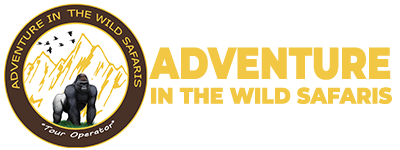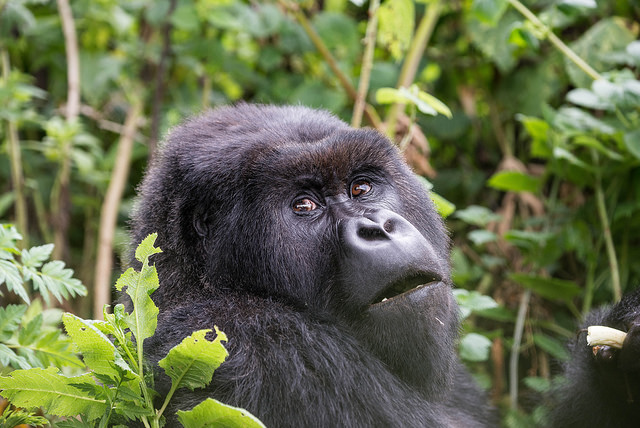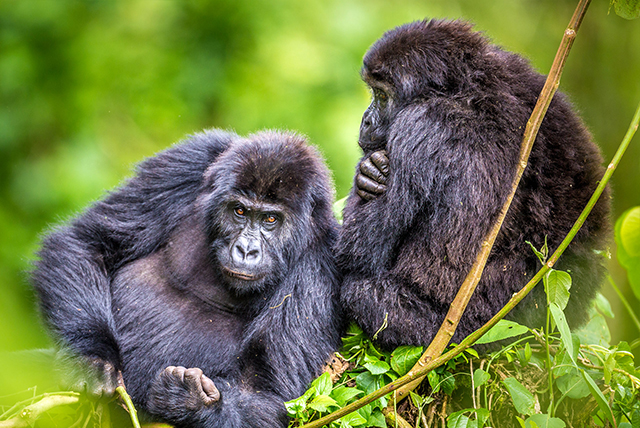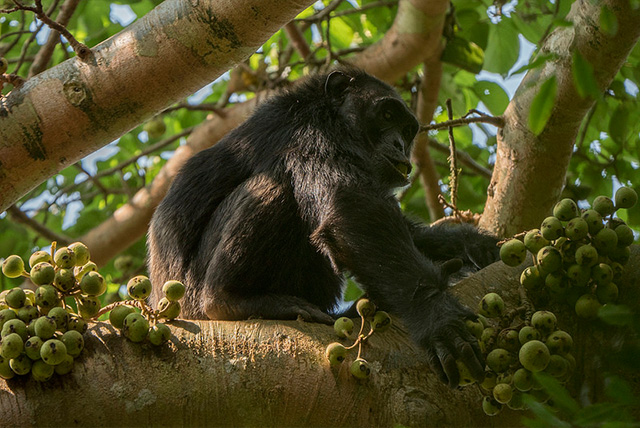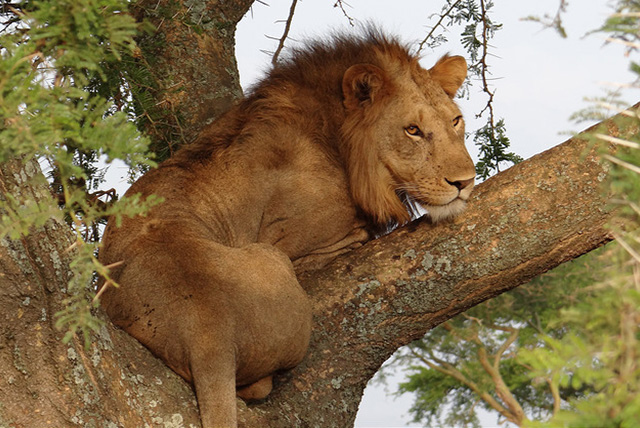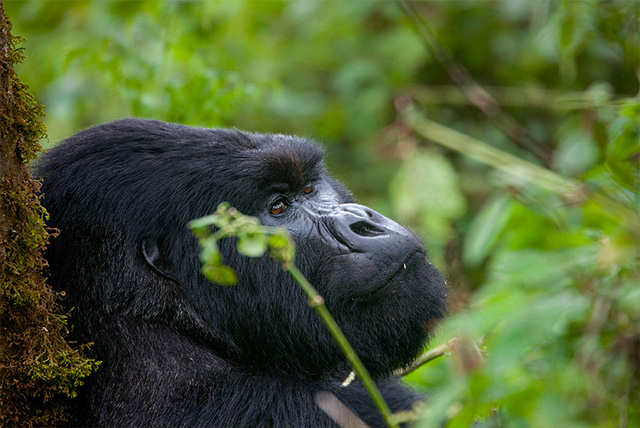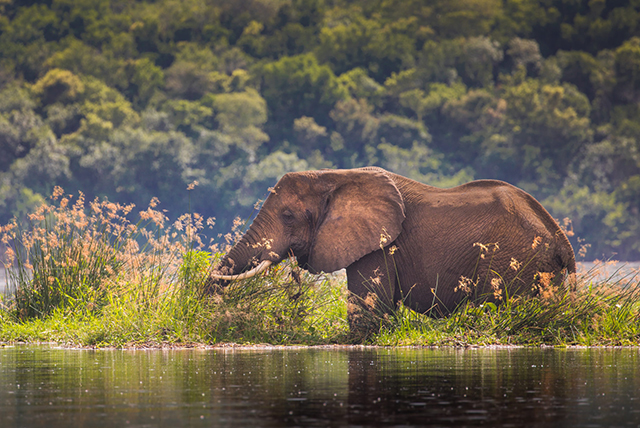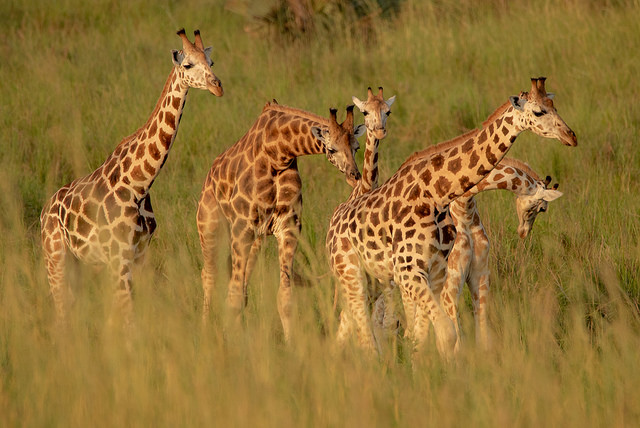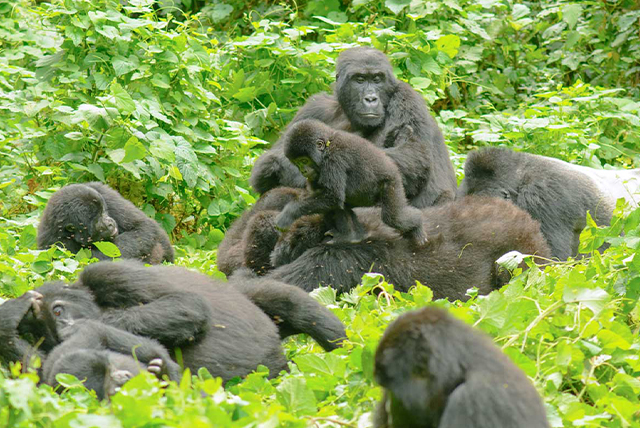Kilimanjaro And Serengeti
Embarking on a journey that intertwines the majestic heights of Mount Kilimanjaro with the wild wonders of the Serengeti.
Embarking on a journey that intertwines the majestic heights of Mount Kilimanjaro with the wild wonders of a Serengeti safari. When preparing for a hike up Mount Kilimanjaro and a thrilling safari in Serengeti National Park, it is essential to create an itinerary that aligns with your passions while considering the duration of your holiday. The minimum duration for an adventure on Mountain Kilimanjaro is seven days, though it may extend based on the path you choose.
The Serengeti National Park is Tanzania’s sparkling jewel in the realm of safari experiences. It is renowned for being the stage of the enigmatic Great Wildebeest Migration, a true marvel of nature. Nonetheless, pinpointing its beginning proves to be quite challenging. The annual pilgrimage of millions of animals to Masai Mara National Park remains an intriguing enigma.
The motivations driving these countless creatures on their yearly journey remain a topic of speculation, as they seem to seek out lush landscapes, yet even predators become part of the procession. Serengeti National Park stands out as a premier destination for those who crave thrilling experiences in the heart of Africa.
Even outside the remarkable wildebeest migration season, Serengeti National Park is teeming with wildlife. To fully appreciate its stunning landscapes, a carefully crafted itinerary with an expert driver guide is essential.
Here is an exciting itinerary for a combination of Serengeti National Park and Hiking Mount Kilimanjaro.
Day 1 Journey to Serengeti National Park
From Arusha in Tanzania, you rise for breakfast and embark on a drive to Serengeti National Park. The journey unfolds with breathtaking vistas of the countryside, offering opportunities to meet the Masai nomads as they guide their impressive herds of cattle through the landscape.
The journey from Kilimanjaro International Airport to Serengeti National Park spans approximately 420 kilometres and takes around 8 hours to complete.
Get ready for an exciting journey as you take a flight from Kilimanjaro International Airport to Serengeti National Park, landing at the airfield near your lodge.
Day 2: Exciting Expedition in Serengeti National Park
Rise with the sun for an exhilarating game drive in Serengeti National Park, where wildlife comes to life as they venture out from their nighttime retreats and later in the day as they make their way back home. As you traverse the paths of Serengeti National Park, you might come across an array of wildlife, including lions, cheetahs, hyenas, buffaloes, elephants, gazelles, impalas, zebras, waterbucks, bushbucks, giraffes, and more. Keep your eyes peeled for a variety of bird species that inhabit the shores of this park.
During the season of wildebeest migration, a return to the park for another game drive offers the chance to witness the incredible assembly of countless carnivores and herbivores across the vast expanse of this magnificent Tanzania National Park.
Day 3 Journey to the Majestic Mountain Kilimanjaro
Rise with the sun for a hearty breakfast and set off on a journey to Mount Kilimanjaro. The journey from Serengeti National Park to Mount Kilimanjaro spans approximately 345 kilometers, typically taking around 4 to 5 hours by road. A thrilling flight awaits you from Serengeti National Park to an airstrip near Mount Kilimanjaro, taking just around 30 minutes.
Day 4 Embark on the hike via the Machame Route.
Begin your trek at dawn, when the world is still waking up and the heat is yet to set in. The journey begins with an introduction at the Machame gate. Engage porters to assist in transporting your gear. Join the ranger guide as you explore the enchanting montane forest at the foot of Mount Kilimanjaro. As you journey through, you will encounter a variety of primate species and majestic mammals such as elephants and buffaloes.
The journey to the stopover point on this route will take approximately 5 to 7 hours, including time for rest along the way. Reach the Machame hut, eager for a hearty dinner and a cozy night ahead.
Day 5: Journey from Machane hut to Shira hut
Rise with the sun for breakfast, refresh yourself, and set off from the montane forest section on Kilimanjaro, trekking through the steep slopes and heath. As you journey forth, you might stumble upon rugged cliffs and a river’s chasm to the west. At last, you will arrive at Shira hut to spend the night. The journey lasts approximately 4 to 6 hours. At this stage, the elevation ranges from approximately 3000 meters to 3850 meters above sea level.
Day 6 at Camp Shira To Camp Barranco,
Awake for breakfast and embark on the ascent to the peak of Mount Kilimanjaro. As you continue on this journey, you might begin to sense the impact of the elevation, and your ascent will take you even higher. Embark on a thrilling hike up Mount Kilimanjaro, where you will reach the impressive lava tower, standing at approximately 4600 meters above sea level. Descend to Camp Barranco, where an exciting night awaits you. Experience the breathtaking sunset at the magnificent Barranco wall.
The elevation ranges from 3850 meters to 4600 meters above sea level, before dropping to 3930 meters overnight. At this point, the landscape resembles a semi-desert. The hike will take approximately 6 to 7 hours.
Day 7: Journey from Barranco Camp to Karanga Camp
After breakfast, embark on the exhilarating hike through the scramble to reach the summit of the magnificent Barranco Wall. Venture into the breathtaking Karanga Valley, soaring 3930 meters above sea level, nestled beneath the majestic Heim, Kersten, and Decken Glaciers. The hike spans roughly 4 hours, guiding you through the alpine desert as you traverse from 3950 meters to 3930 meters above sea level.
Day 8: Journey from Karanga Camp to Barafu Camp
Rise for breakfast and embark on the journey down the Mweka trail to the Barafu camp. At this moment, take in the breathtaking sight of the mountain peak, adorned with an alpine desert. Mawenzi Peak and Kibo loom ahead, inviting exploration.
Day 9: From Barrafu camp to the Uhuru summit and then on to Mweka hut.
Enjoy your breakfast and embark on the thrilling journey to the summit of Mountain Kilimanjaro. This could be the most exhilarating moment as you traverse from Scree to Stella Point at 5732 meters above sea level on the crater’s edge. Embark on a journey to Uhuru Peak, soaring at 5895 meters above sea level, the pinnacle of Africa.
Make your way down from Uhuru Peak to Mweka hut, situated at an elevation of 3100 meters above sea level. The landscape features glaciers, rugged stone scree, and vast alpine desert. At this stage, you will want to use walking poles to navigate the loose gravel.
Day 8: Mweka to the base of Mountain Kilimanjaro
After conquering Mount Kilimanjaro, begin your descent through Barafu to Mweka gate. Equip yourself with gaiters and walking poles, as they provide essential support after those tiring days spent exploring the mountain.
They embark on a thrilling journey, descending from 3100 meters above sea level to around 1800 meters, traversing a vibrant montane forest. This journey spans approximately 3 to 4 hours.
When is the ideal moment to embark on an adventure to hike Mount Kilimanjaro?
Climbing Mount Kilimanjaro is a dream for many thrill-seekers, so it is wise to start planning at least three months ahead. This allows for all the essential arrangements to be made and gives you plenty of time to engage in pre-hiking exercises to prepare your body for the journey. If you are heading out with friends, make sure to review all the hiking guidelines together and complete all essential preparations before embarking on this journey.
The ideal period for hiking Mount Kilimanjaro is during the dry season, specifically in June, July, August, September, December, January, and February, when the mountain presents the most favorable conditions for an exhilarating trek. The paths are clear, and the reduced foliage allows for easier navigation.
Starting your hike on the mountain of Kilimanjaro early each day is ideal, as it allows you to embrace the experience before the sun becomes too intense. As this is the height of the season in Tanzania and Kenya, anticipate a larger crowd joining the hike on Kilimanjaro Mountain, so prepare to embark on this journey alongside fellow adventurers.
The wet season, occurring from March to May and in November, presents challenges for hiking Mount Kilimanjaro as the trails become wet and slippery, making the journey more difficult. The lush greenery along the trail creates an intriguing challenge, adding an element of excitement to the journey as you navigate your way forward. If the rain pours down, you might need to take a break before resuming your journey up this mountain.
Prepare for a journey where solitude reigns, with perhaps only a few fellow adventurers by your side as you ascend the majestic slopes of Kilimanjaro.
What is the ideal time to explore Serengeti National Park?
The dry season offers the best opportunities for thrilling game safaris in Serengeti National Park. The dry months of June, July, August, September, December, January, and February offer an incredible spectacle of wildebeest migration. This bustling time of year in Tanzania draws in many visitors, making Serengeti National Park lively, and accommodations might be completely reserved ahead of time.
On the thrilling game drive in Serengeti National Park, you might encounter an array of wildlife including gazelles, waterbucks, bushbucks, impalas, zebras, wildebeests, hartebeests, elephants, cape buffaloes, warthogs, and many more.
In the wet season, spanning March, April, May, and November, safaris to Serengeti National Park might see a dip in popularity, yet this period also marks the exciting calving season. The returnees from the great wildebeest migration will find an abundance of grass awaiting them.
Prepare for encounters with fascinating wildlife in Serengeti National Park during the low season, even if the numbers might not be as impressive as in the dry season. If you are seeking a unique experience on safari, the wet season offers a perfect opportunity.
What is the duration of the hike from Kilimanjaro to the summit?
The duration of your hike up Mount Kilimanjaro depends on the path you choose to ascend the mountain. The journey up Mount Kilimanjaro can extend over seven days or longer, influenced by the rhythm of the adventurers. You need to be resolute and prepared to tackle the challenges that await you on your journey up Mount Kilimanjaro.
Good health and a certain level of fitness are essential elements that enhance your experience on the mountain.
What is the safety level of Serengeti National Park and the hike up Mountain Kilimanjaro?
The journey to Serengeti National Park and Mount Kilimanjaro promises excitement, as both are managed by the Tanzania Wildlife Management Authority (TAWA), ensuring a secure experience. The TAWA establishes guidelines and protocols that oversee all National Parks in Tanzania.
Visitors should stick to the path established by the ranger guide and avoid forging new trails on the mountain, as this helps protect the lush vegetation that thrives in the area. Embarking on the journey to the summit of Mount Kilimanjaro is a thrilling experience, provided you adhere to the guidelines set forth on the mountain.
Gather the essential equipment to fully embrace the experiences atop the mountain. Kilimanjaro is a breathtaking destination that promises exhilarating experiences and unforgettable moments. Its majestic peaks and diverse landscapes invite exploration and discovery at every turn.
and Serengeti National Park.
Essential Items to Bring Embark on an exhilarating journey to Serengeti National Park and conquer the heights of Mountain Kilimanjaro.
Camera in hand to capture moments at Mountain Kilimanjaro, a goal that excites countless thrill-seekers around the globe.
You will want hiking boots that offer both comfort and waterproof protection.
Apply sunscreen to shield your skin from the harsh effects of sunburns.
Shades to shield your eyes from the bright sun and pesky bugs.
Insect repellent to shield your skin from the pesky stinging insects you might encounter on your journey.
Garden gloves to shield your fingers from the rugged textures encountered on your journey.
A few extra outfits to slip into after an exhilarating day on the mountain.
Snack on these energy bites when hunger strikes, as meals are sourced from specific locations.
Hiking poles will provide you with additional stability as you explore the mountain trails.
A backpack to hold your essentials securely as you embark on your journey through the wild.
A beacon to illuminate the way.
Having some cash on hand can be useful for various ground purchases, such as renting hiking gear, hiring a porter before your trek, buying food, cooking supplies, fuel, and more.
Warmers are essential as the altitude increases, bringing cooler temperatures.
A pair of binoculars is essential for enhancing your view of distant landscapes.
A pair of stockings to keep your feet cozy and warm.
Wear headgear to keep warm as you embark on the exhilarating journey to the summit of Mount Kilimanjaro.
Sleeping bag for your nights on the majestic Kilimanjaro.
Essential first aid kit stocked with emergency medication for unexpected situations.
Waterproof gear to keep you dry and warm during your mountain adventures in the rain.
With the right hiking gear, you can embark on thrilling journeys through the great outdoors.
Ice axes, ropes, harnesses, crampons, and more.
